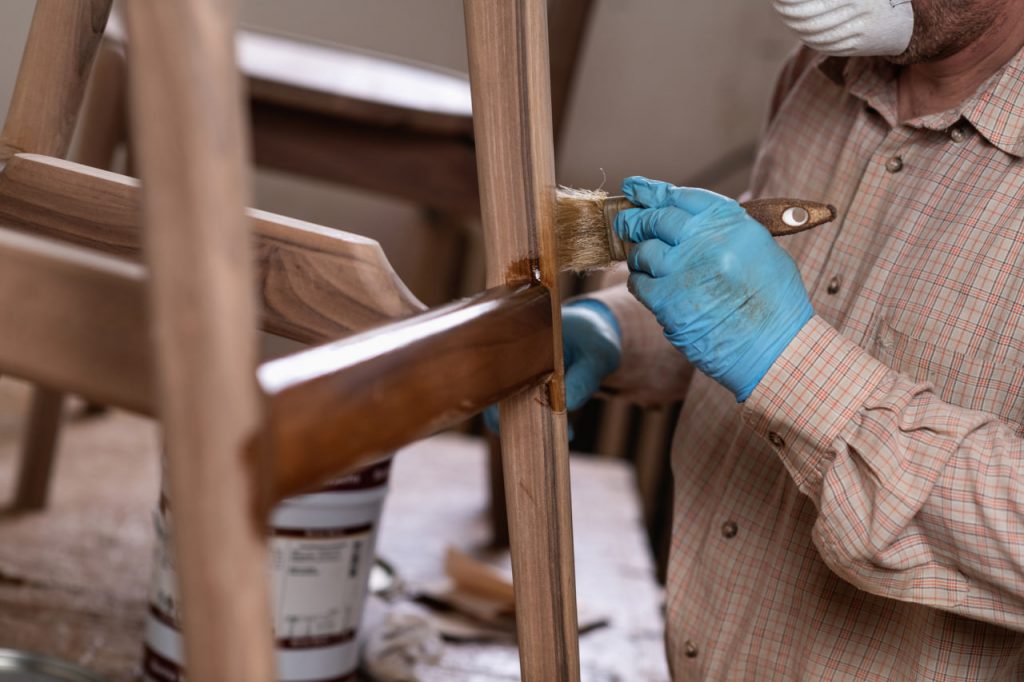Starting your journey into furniture refurbishing is exciting, creative, and—let’s be honest—a little overwhelming at first. With so many tools, materials, and techniques out there, it’s easy to wonder: Do I need a full workshop to get started? The short answer is no. In fact, you can accomplish a surprising amount with just a handful of basic tools. What truly matters isn’t the quantity of gear you own, but the quality of your approach—and a thoughtful selection of beginner-friendly essentials can take you far.
Every great project begins with good surface preparation, and that’s where sanding comes in. Whether you’re stripping away old paint, smoothing out imperfections, or prepping raw wood for a new finish, sanding is a crucial step in almost any refurbishing process. While a simple sanding block works perfectly for small or delicate surfaces, an electric palm sander can save time and energy for larger pieces. This single tool can make your workflow smoother and your results more professional.
Next comes painting, staining, or sealing, and that’s where high-quality brushes and rollers earn their place in your toolkit. A good brush can make the difference between a streaky finish and a smooth, elegant surface. While it might be tempting to buy the cheapest set available, investing in decent brushes from the start ensures better control, cleaner edges, and a lot less frustration. Foam rollers are also fantastic for flat surfaces, helping you achieve a consistent finish with ease.
One of the more underrated heroes in a beginner’s toolbox is the putty knife. This versatile tool helps you apply wood filler to cracks, gouges, or old nail holes—especially on vintage pieces that have seen a lot of life. A smooth application of filler followed by careful sanding can make a worn-out surface look fresh and flawless. The putty knife is also useful for scraping off peeling paint or lifting loose veneer, giving you more control over the transformation process.
As you begin experimenting with upholstery, a staple gun quickly becomes indispensable. Whether you’re giving a seat cushion a bold new fabric or reimagining an old bench, the ability to secure fabric tightly and evenly is a game-changer. Manual staple guns are easy to use and budget-friendly, while electric versions provide faster results on larger projects. Combine this with a pair of sharp fabric scissors, and you’ll be amazed at how easily you can refresh an entire piece.
Clamps might not seem exciting, but they are essential when working with wood glue, repairing loose joints, or holding pieces in place during assembly. Think of clamps as your extra hands—reliable, firm, and patient. Even a couple of basic clamps can help you align furniture correctly and keep everything steady while your repairs set. Once you experience the frustration of working without them, you’ll understand why every refurbisher keeps a few within reach.
Accuracy is another key factor in any successful DIY project, and that’s where a simple tape measure earns its reputation. Whether you’re cutting new upholstery, aligning hardware, or centering a stencil, precise measurements save time and prevent costly mistakes. It’s a tool that’s often taken for granted, yet it’s the silent foundation of every well-fitted detail in your furniture makeover.
And let’s not forget safety. Protective gear is one area where beginners often cut corners, but it’s absolutely vital. Dust from sanding, fumes from paints or finishes, and the occasional flying splinter can all pose risks if you’re not prepared. A basic setup—including safety glasses, a dust mask, and gloves—keeps you comfortable, confident, and focused on the fun part of the process: creating something beautiful with your own two hands.
In truth, you don’t need a warehouse full of tools to start refurbishing furniture. What you need is a well-curated collection of essentials that support your creativity and give you the confidence to take on new challenges. These basic tools—paired with a curious mindset and a willingness to learn—will carry you through countless projects, mistakes, victories, and proud before-and-after moments.
As you grow in your skills, you’ll naturally begin to explore more specialized tools. But for now, let these be your companions in craftsmanship. With this simple toolkit, you’ll be amazed at what you can achieve—even in just one weekend.

